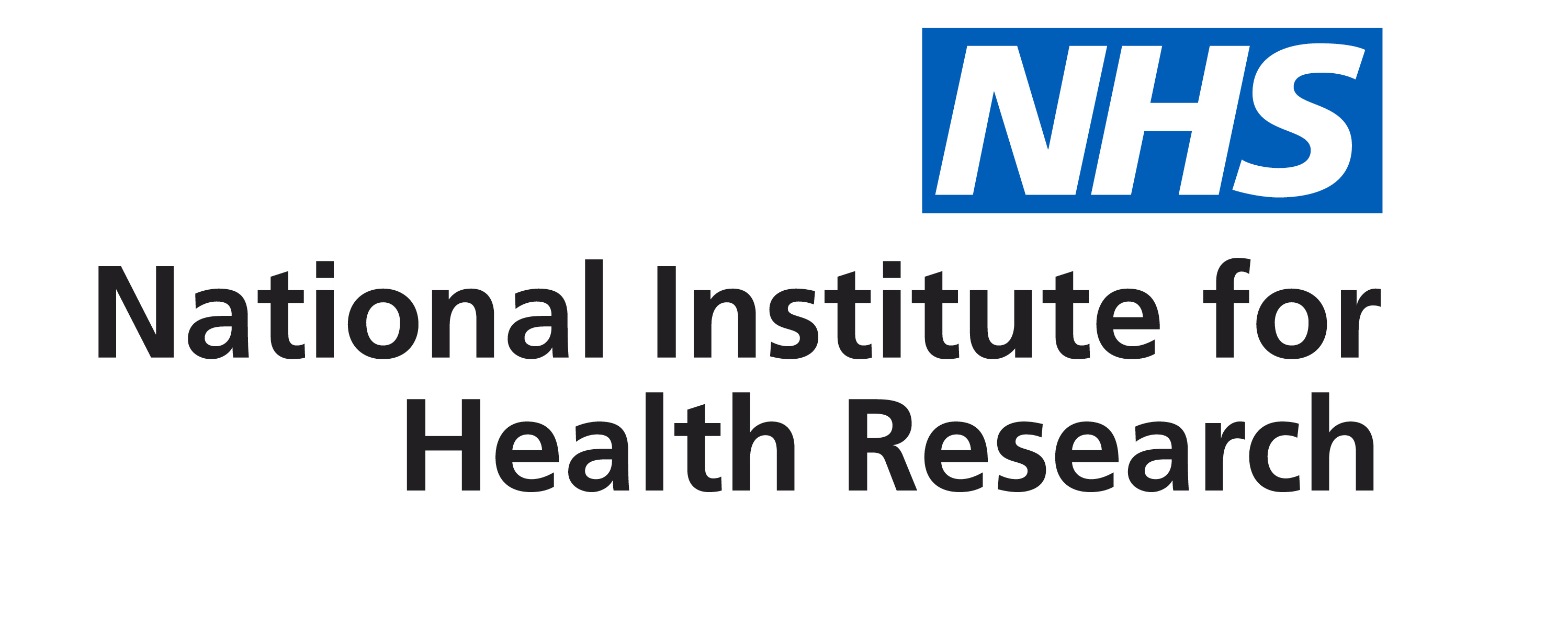1. SHAPES cohort study
The SHAPES cohort study will be used as a risk prediction model development dataset. The study aims to measure alternative measurement of obesity/adiposity (to BMI) in early pregnancy to explore the ability of these measures to predict adverse pregnancy outcomes. This risk prediction study will explore how well individual measures of adiposity (e.g. waist circumference) predict risk compared with BMI, and will also explore whether there is added benefit of creating a risk prediction model, including adiposity measures as well as socio-demographic and clinical factors.
The SHAPES cohort study started recruitment in April 2022 and will continue to recruit pregnant women and pregnant people for approximately 18 months. We are aiming to recruit 1400 participants at their first trimester scan at the Royal Victoria Infirmary, Newcastle upon Tyne NHS Trust. A summary of the recruitment process can be found here.
Early pregnancy adiposity measures will be collected at the scan appointment, including weight, height, waist circumference, hip circumference, neck circumference, visceral fat and subcutaneous fat (measured by ultrasound), skinfolds, and other potential predictor variables of interest for a multi-variable model (including clinical and socio-demographic data). Data on pregnancy outcomes will be collected from routine hospital records after delivery. The outcomes of interest are:
|
Outcomes |
Definition |
|
Maternal outcomes |
|
|
Gestational diabetes |
Fasting plasma glucose level of ≥ 5.6 mmol/litre or 2-hour plasma glucose level of ≥7.8 mmol/litre
|
|
Gestational hypertension |
Blood pressure ≥140/90 mmHg on two occasions at least 4 hours apart after 20 weeks’ gestation |
|
Preeclampsia |
New onset of hypertension (>140 mmHg systolic or >90 mmHg diastolic) after 20 weeks of pregnancy with a new onset of proteinuria or/and maternal organ dysfunction or/and uteroplacental dysfunction. Early onset defined as onset of PE before 34 weeks gestation. |
|
Induction of labour |
Non-surgical treatment to induce the labour |
|
Caesarean section |
Surgical delivery of baby (emergency or elective) |
|
Instrumental delivery |
Assisted birth when forceps or a ventouse suction cup is applied |
|
Retained placenta |
As reported in medical records. |
|
Maternal infection |
As reported in medical records. |
|
Postpartum haemorrhage (PPH) |
3rd stage of labour and immediate postpartum period, measured in ml blood loss |
|
Maternal length of stay in hospital |
From admission date for any stay resulting in delivery to date of discharge |
|
Infant outcomes |
|
|
Fetal growth |
Measured at 2nd and 3rd trimester scans, including: 2nd trimester scan: Fetal head circumference; Fetal abdominal circumference; Fetal Femur Length; Estimated fetal weight Hadlock 3rd trimester scan: abdominal circumference; Femur Length; Estimated fetal weight Hadlock; Umbilical artery PI; End Diastolic flow; Amniotic Fluid Index |
|
Pre-term birth |
Birth before 37 weeks gestation |
|
Late-term birth |
Pregnancy that extends over 41 weeks gestation |
|
Large for gestational age |
birth weight above the 90th centile for gestational age and sex on INTERGROWTH chart |
|
Small for gestational age |
Birth weight below the 10th centile for gestational age and sex on INTERGROWTH chart [32] |
|
Apgar score |
1 and 5 minutes |
|
Neonatal jaundice |
As reported in medical records |
|
Neonatal respiratory distress (requiring resuscitation) |
Any of the following: Cords visualised meconium seen; Cord visualised no meconium; Facial air; Facial oxygen; Mucus extraction or suction; Positive pressure by bag or mask; Positive pressure by endotracheal tube |
|
Feeding method |
First feed: Artficial; Breast mother; Breast donor; Breast and artificial; No feed given Feed method at discharge: breastfeeding or artificial feed or both breast and artificial |
|
Infant admission to specialist care |
admission to neonatal special care baby unit (SCBU) or intensive care unit (NICU), high-dependency care, transitional care; length of stay if admitted |
Data collected from this phase will be analysed to explore if any single adiposity measure taken in this study performs better than BMI in terms of predicting women at high risk of an adverse pregnancy outcome. Each adiposity measure will be assessed individually. If no one measure performs better than BMI then multi-variable models will be developed and tested to identify the most parsimonious (and therefore most preferable from implementation into routine practice perspective) model. The apparent performance of the developed model will be summarised in the development dataset using calibration, discrimination, and internal validation analyses.
A copy of the study protocol can be found here. If you require further information about the research please contact Dr Nicola Heslehurst or the Research Team.
Ethical approval for this cohort study
The SHAPES cohort study has been approved by the North East - Newcastle & North Tyneside 1 NHS Research Ethics Sub-Committee (REC reference: 22/NE/0035). It is an NIHR Portfolio adopted study.




